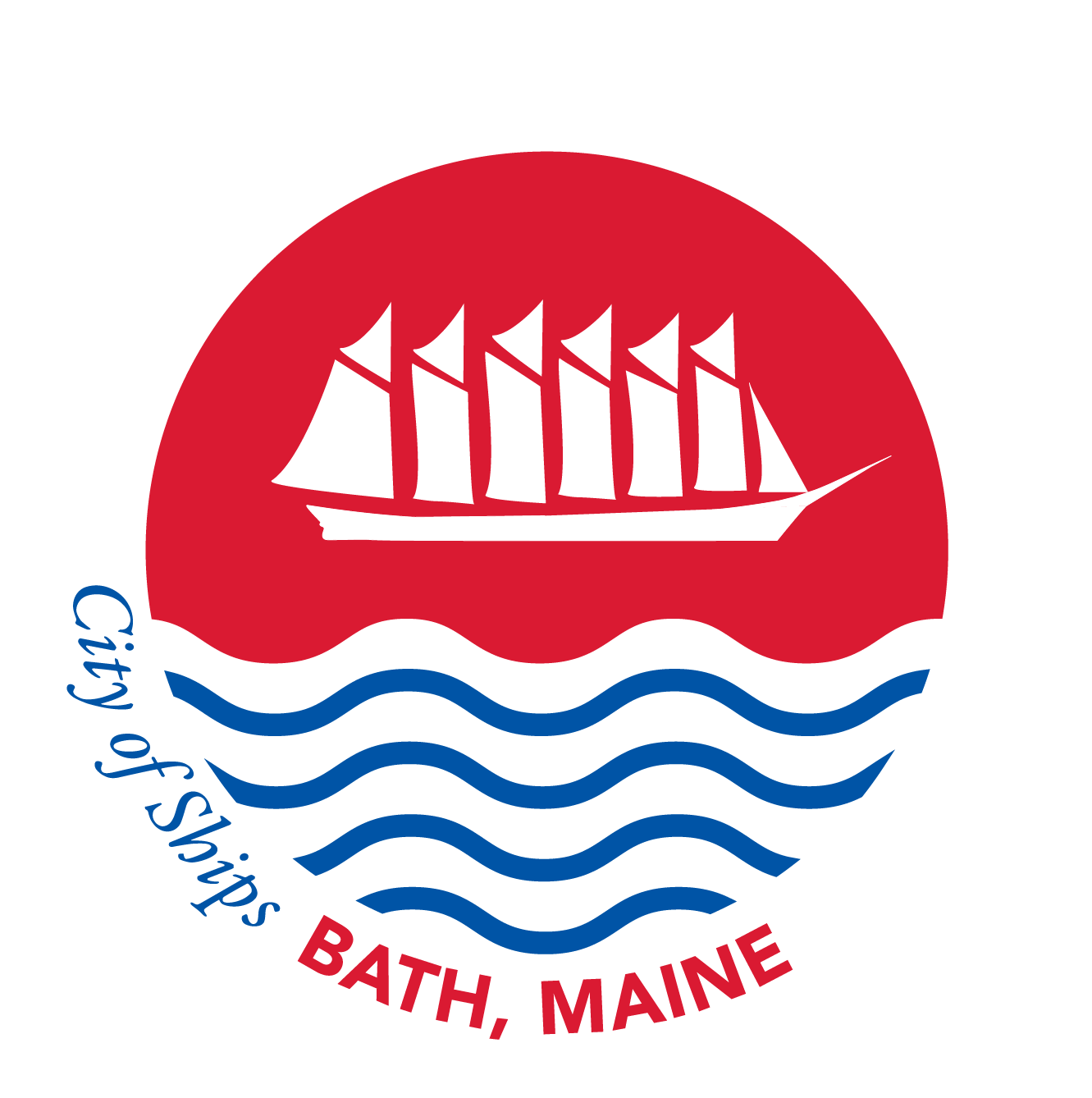Heat Pump Installation Guide
Mini-Split Heat Pump Installation Guide
For Homeowners & General Contractors
.png)
1. Permit Requirements
Yes. Even though heat pumps are considered mechanical systems under MUBEC, the City of Bath does not currently issue separate mechanical permits. Currently, only an electrical permit is required for heat pump installation. Any new wiring or circuit work for a heat pump must be done by a licensed electrician and requires an electrical permit — no exceptions. Even if the unit is installed by a licensed plumber with an oil burner technician certification, the electrical work still needs to be permitted and inspected per NEC and local enforcement.
2. Outdoor Unit Placement
Maintain at least 12 inches of clearance behind the unit and 24 inches in front — or as specified by the manufacturer — to ensure airflow and service access.
- Do not block egress routes (doors, windows, walkways).
- Keep units clear of dryer vents, gas meters, and property lines.
- Ensure compliance with zoning setbacks if placing the unit near a lot line.
3. Condensate Disposal
Condensate must drain to grade, a drywell, or a code-compliant plumbing fixture.
Do not discharge onto sidewalks or driveways — this creates a winter slip hazard.
Lines must be properly sloped and protected against freezing.
4. Electrical Requirements
A dedicated circuit is required for each unit.
A service disconnect must be installed within sight of the outdoor unit (NEC 440.14).
Electrical installations must comply with the 2023 NEC, including:
- Article 440 (HVAC equipment)
- Conduit support, protection, and bonding
- Proper sealing of wall penetrations
- Work must be done by a licensed electrician.
5. Mounting
Units must be mounted on frost-protected pads or engineered brackets rated for the unit's weight and local conditions.
A level and secure installation is required.
Do not mount directly to vinyl siding or other non-structural materials.
Protect refrigerant lines with a line hide or equivalent UV/weather-resistant enclosure.
Best Practices | Common Mistakes That'll Get You Flagged |
|---|---|
|
|
|
|
|
|
|
|
Questions can be directed to:
City of Bath Codes Enforcement
55 Front St. Bath, ME
(207) 443-8334
Monday– Friday, 8:00 AM – 4:30 PM
